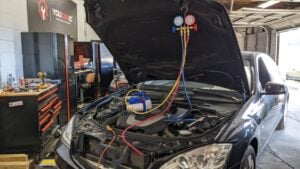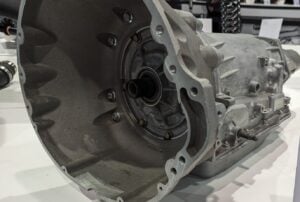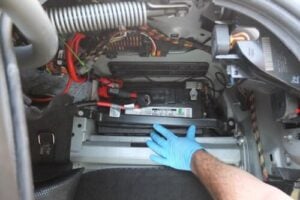Land Rover Automatic Transmission Problems
Most Land Rover automatic transmission problems, such as limp mode, being unable to go over 30mph, slipping, or erratic shifting, are caused by low transmission fluid levels. Other serious problems affecting Land Rovers include faulty valve bodies and torque converters. This article will discuss the most common problems with your Land Rover automatic transmission.
Possible Causes
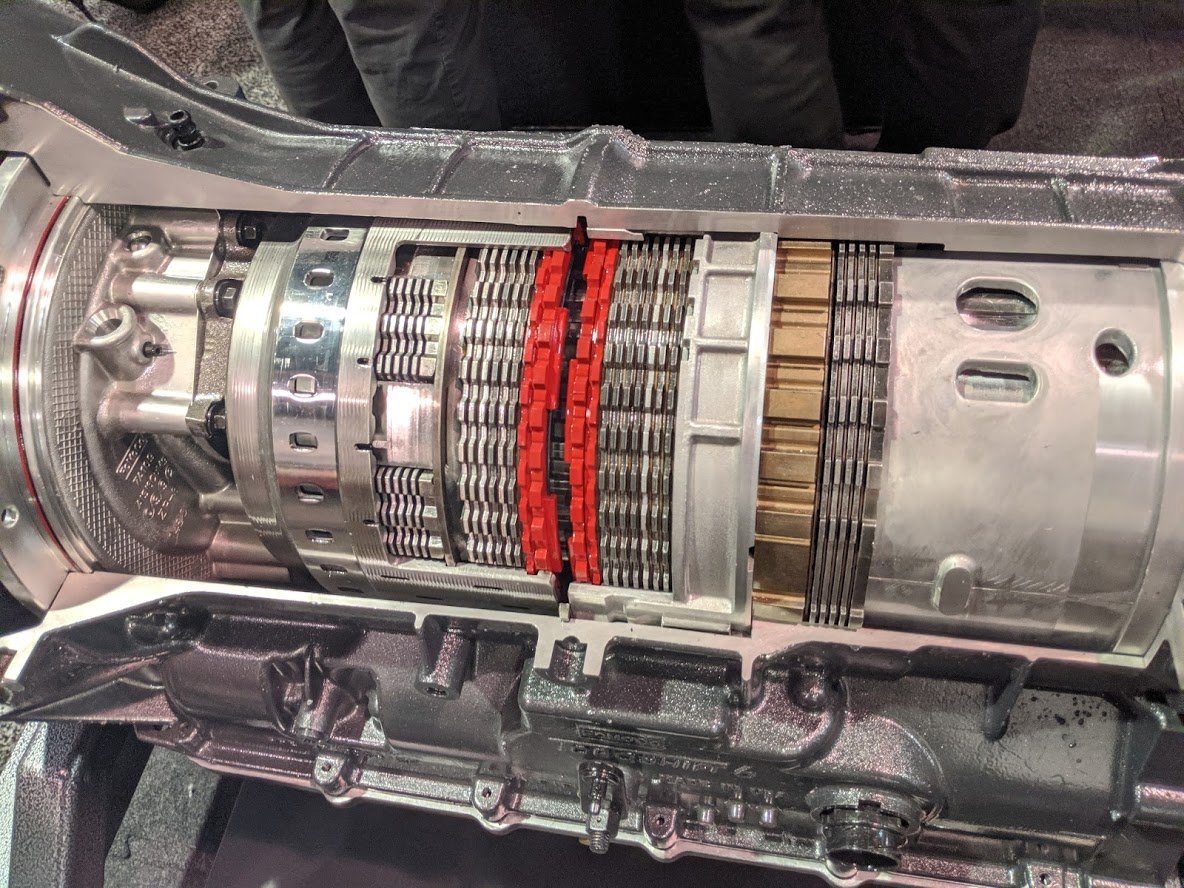
Common problems that affect Land Rover vehicles with automatic transmissions:
- Low transmission fluid level – Low transmission fluid level can cause several issues, including erratic shifting, no-shifting, delayed shifting, grinding noises, limp mode, and even checking the engine light.
- Faulty Torque Converter – This can cause the Land Rover transmission to slip in gears and shudder, leading to transmission fluid overheating.
- Worn Bands – Can cause delayed shifting, shifting at high RPM, harsh shifting, no gear at all, and no reverse.
- Shifter Module – A faulty shifter module or cable can cause the transmission to get stuck or not go in the selected gear.
- Defective Valve Body – The valve body is complex and can fail in several ways. Depending on the competent that fails, it can cause limp mode; the transmission may not shift or harsh shifts between gears or specific gears.
- Faulty Vehicle Speed Sensor – If your Land Rover has developed a harsh shift or is stuck in emergency mode (limp mode), the vehicle speed sensor (VSS) may be the problem. Sigal from the VSS is sent to the Powertrain Control Module (PCM).
- Brake Light Switch – A faulty brake light switch can prevent the shifter from moving out or back into Park.
- Low Battery Voltage – In rare cases, the low voltage can cause the automatic transmission to get stuck in limp mode.
- PCM / TCU / ECU Software Issue – Software glitches in the transmission control unit (TCU) can cause erratic shifting issues. Land Rover transmission may shift too late or change gears unexpectedly.
- Wire harness – Damaged wires to the transmission can cause shifting problems and limp mode.
- Steering angle sensor – The ABS module uses steering angle sensor input, but the transmission control module also uses the input. Carrying steering angle sensor fault code and ABS and traction control lights should be present.
Symptoms
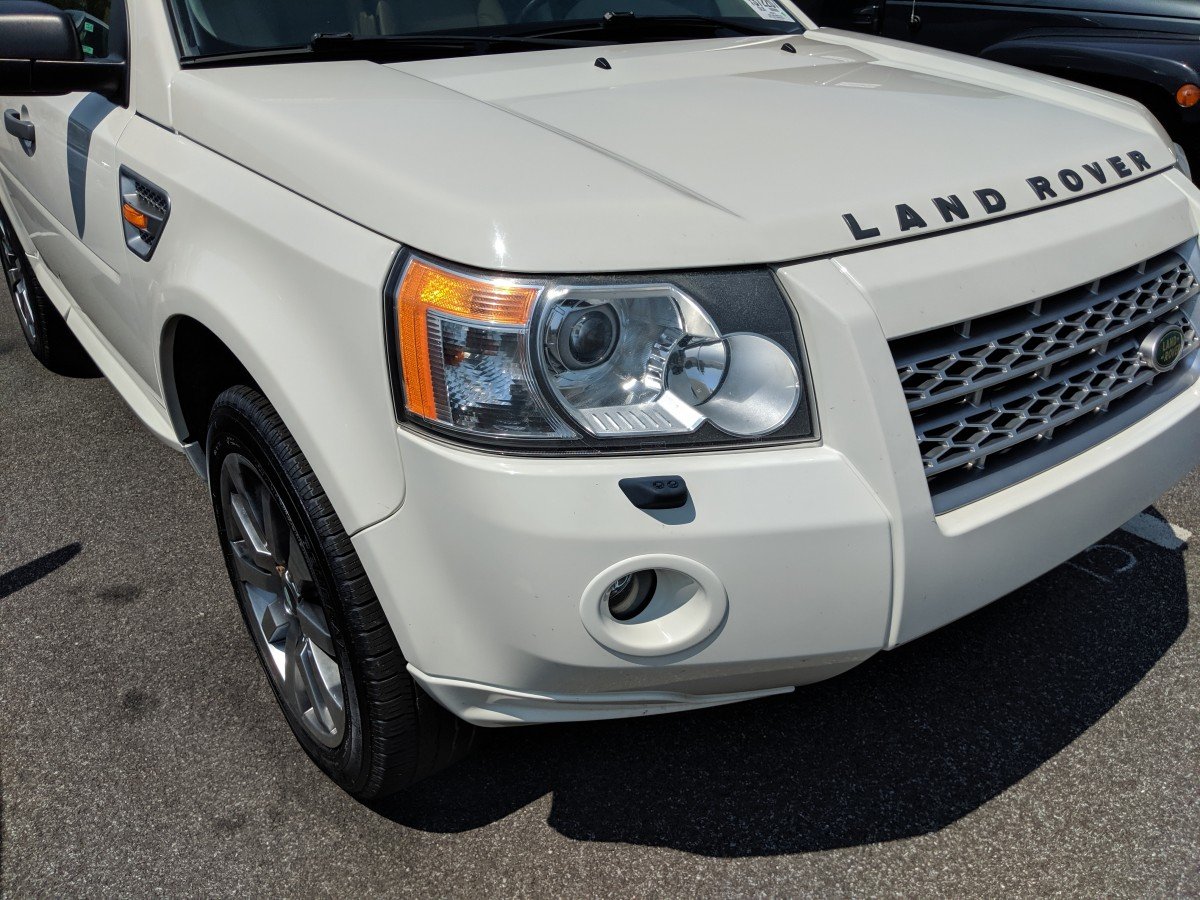
Transmission stuck in 1st gear.
Older Land Rovers and Range Rovers that use a ZF4HP 4-speed automatic transmission can get stuck in 1st gear. When this happens, the transmission will shift from Neutral to Drive or Reverse without problems, but it will not upshift from 1st gear. The problem can be sporadic or constant. This will usually be more present while the vehicle is cold and might go away as it reaches running temperature. Sometimes, the upshifts only happen when the engine reaches the rev limiter.
Possible Causes
- Faulty or clogged governor valve, which makes gearchanges impossible. In most cases, this is caused by the disintegration of clutch plates or other moving parts contaminating the transmission fluid. In addition to a fluid flush, the valve must be removed and thoroughly cleaned or replaced with a new one.
- A stuck kick-down cable is a mechanical link between the throttle and gearbox. If it gets stuck in a wide-open position, the transmission will behave like the driver pushing the throttle to the max.
No Reverse or Torque Converter Clutch engagement
Range Rovers that use a GM5L40E 5-speed automatic transmission are known to have issues when trying to engage the reverse gear. In most cases, this is an intermittent problem that happens suddenly and usually goes away after several repeated attempts to shift into reverse. There can also be an issue with the torque converter clutch that fails to lock up. Both of these scenarios will trigger the check engine light.
Possible Causes
- Worn bores inside the valve body or worn solenoids. The resulting leaks will cause a loss of transmission fluid pressure, negatively affecting gear-change performance. A leak-down test with compressed air on the valve body will reveal any leaks.
- Broken pieces or debris within the solenoid due to contact with the valve. The small fragments will get inside the valve body, where they can block solenoids.
Hard shifts
Higher mileage or neglected Land Rover Freelanders that use a JF506E 5-speed automatic transmission can develop issues with hard and rough shifting while accelerating. Also, there might be a noticeable lurch from Neutral to Drive or Reverse. The problem is only present in the initial phases while the car is cold. In most cases, this will not trigger a check engine light.
Possible Causes
- Leaking or sticking solenoid valves as a result of normal wear or because of neglected fluid changes. The lack of smooth and controlled solenoid movements causes harsh gear shifts. Replacing all solenoid valves at once is the best solution.
Clunk when downshifting from 2nd to 1st
Land Rovers Discovery and Range Rovers with a ZF6HP 6-speed automatic transmission are fairly frequent issues that only appear during downshifts. When coming to a stop, there will be a noticeable clunk while shifting from 2nd to 1st gear. There will be no other mechanical symptoms, but this might trigger a check engine light.
Possible Causes
- The worn, cracked mechatronic sleeve connects the valve body assembly to the transmission. This part is made out of rubber. It gets brittle and cracks with time. Replacing the sleeve assembly together with the harness connector solves the issue.
- Low or deteriorated transmission fluid, which results in excessive aeration or foaming. This causes a loss of transmission fluid pressure.
Slipping when shifting into 4th gear
Land Rovers Discovery and Range Rovers with a ZF6HP 6-speed automatic transmission can develop a strong gear slip that occurs while shifting from 3rd to 4th gear. This causes extensive delays in gear changes, which can also be harsh. In more extreme cases, the transmission will go into limp-home mode. As this triggers a check engine in most cases, a corresponding trouble code will be stored in the DTC memory.
Possible Causes
- Excessive wear inside the E-clutch assembly or damaged E-clutch drum. This component engages the 4th gear; excessive wear will cause delayed and harsh engagement due to mismatched gear speeds. Rebuilding the E-clutch assembly will solve the issue.
- Sticking solenoids or worn bores inside the valve body. This causes drops in hydraulic pressure and upsets gearchanges. This will not trigger a check engine light unless the fault is electrical.
Troubleshooting Land Rover Transmission Problems
Here are a few tips to help you bring your Land Rover automatic transmission back to normal operation.
Transmission Adaptation Reset
If you have a newer Land Rover, resetting the transmission adaptation (shift points) to the factory setting can help. Use an advanced Land Rover scanner and go to Reset Automatic Transmission Adaptation. This procedure is not recommended for high-mileage Land Rovers. The YOUCANIC Full System Scanner can read and clear fault codes through every vehicle’s control module.
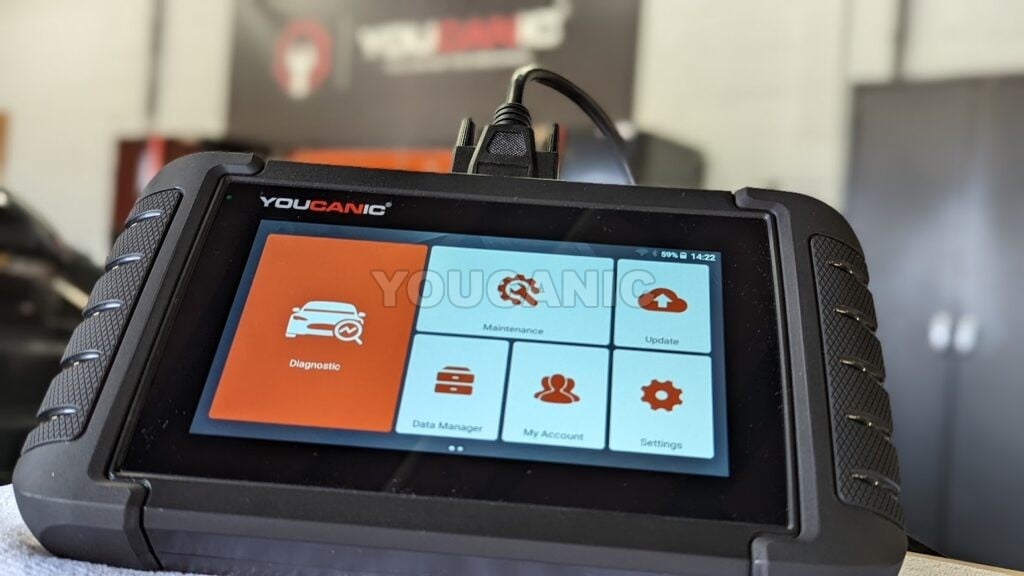
Check the Transmission Fluid Level

- Drive the vehicle for fifteen minutes to warm up the transmission fluid when possible. If the transmission is slipping, skip this step.
- Park your Land Rover on level ground.
- Set the parking brakes and shifter in Park.
- Pull the hood release and open it.
- Locate the transmission dipstick.
- Remove the dipstick and clean it with a clean cloth.
- Reinsert the dipstick in the transmission. Ensure the transmission is fully inserted, then remove it.
- Look carefully at the dipstick to determine the current transmission fluid level. The level should be between MIN and MAX for the COLD (lower) markings. Or the HOT range if you were able to warm up the transmission.
- If the level is low, add a transmission fluid level.
- Drive the vehicle for 15 minutes and select all the gears manually.
- Repeat the procedure once the transmission warm-up, but this time, the level must be between the MIN and MAX marks for the HOD (higher) markings.
Not all Land Rovers will have a transmission dipstick. If the dipstick is absent, the vehicle must be raised on a lift, and the level can be checked via the fill hole.
Read Transmission Fault Codes
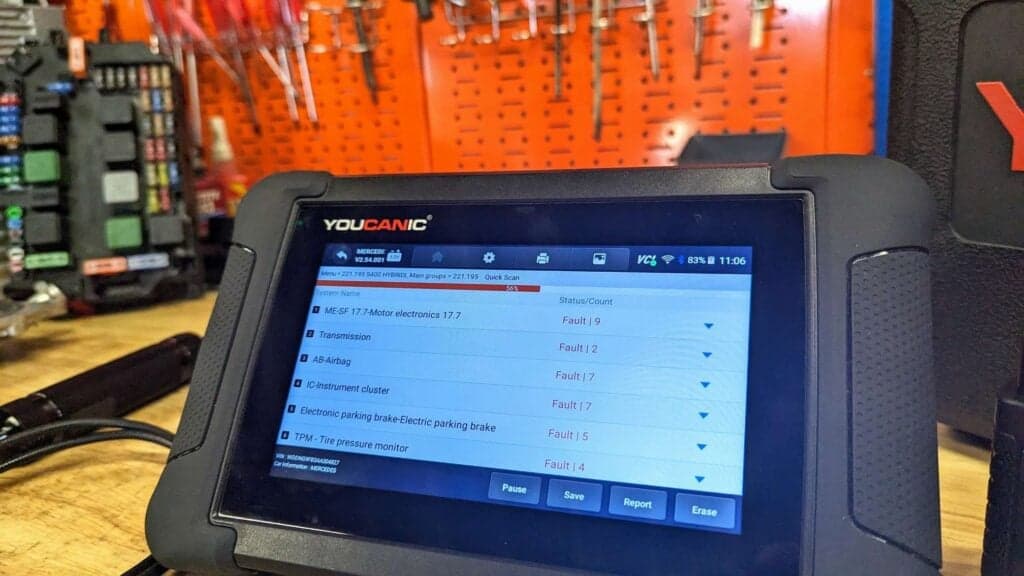
The next step is to read fault codes from the transmission control module, or what is known as the TCU. You will need an OBD-II Transmission Scanner to read these codes, such as the YOUCANIC Full System Scanner. Basic code readers are not recommended because they will show a generic code or may not show a fault code.
- Park the vehicle and turn off the ignition. Set parking brakes.
- Locate the diagnostic port under the dashboard, driver’s side.
- Plug in your OBD-II scanner, then turn on the ignition without starting the engine.
- The scanner will turn on. Allow it to communicate with the vehicle. Select MAKINA; then, you are particular.
- Select Control Units, then Transmission.
- Select Read Fault Codes from the main menu.
Check For Recalls
Check if any open recalls or Technical Service Bulletin (TSB) exist for your Land Rover that affect the transmission.
If they exist, recalls are performed free of charge by any Land Rover dealer. Visit our Check Recalls page to check if a recall exists on your vehicle.
We hope you find the Land Rover Automatic Transmission Problems guide helpful. Check these troubleshooting and repair guides for more help on your Land Rover.



